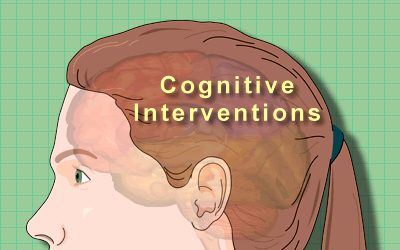Behavioral
techniques
Behavioral
techniques are directed at modifying patterns of behavior to help
patients cope with pain.
Systemic
desensitization pairs relaxation or distraction techniques with a
hierarchy of anxiety/arousing stimuli presented through mental imagery.
Shaping
reinforces specific responses that successfully approximate the desired
outcome.
Modeling
is the overt or covert demonstration of effective behaviors designed
to be replicated by the patient.
Time-outs
are short periods in which the patient is deprived of social interaction
because of maladaptive reactions.
Stress inoculation
techniques are aimed at fostering more adaptive responses in anticipation
of stressful situations.
Relaxation
exercises employs physical relaxation techniques, therapeutic stories,
metaphors and audio tapes.



